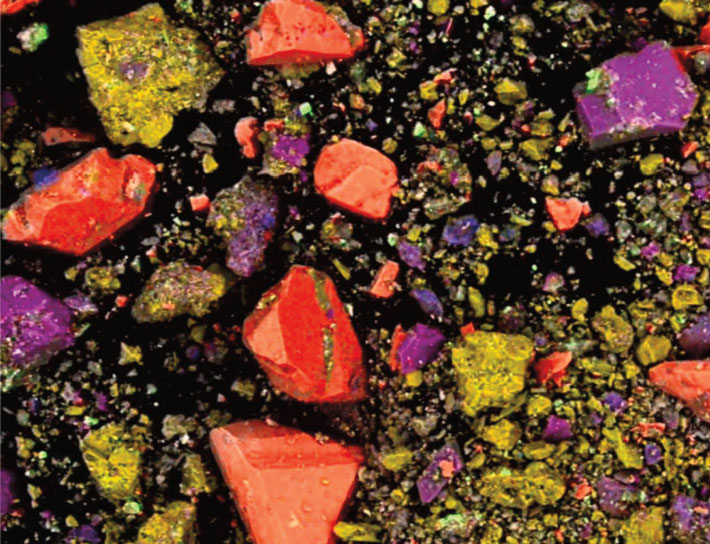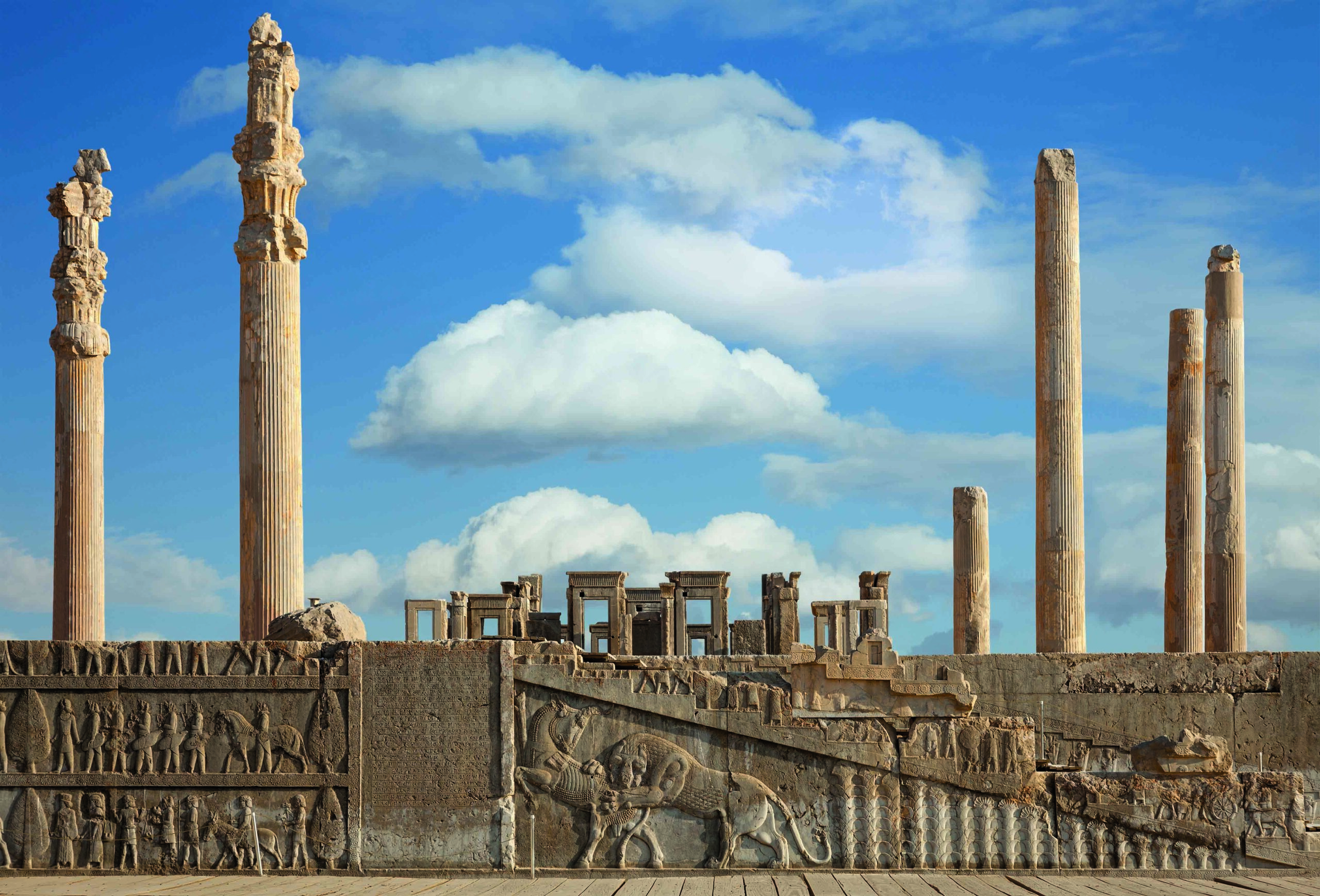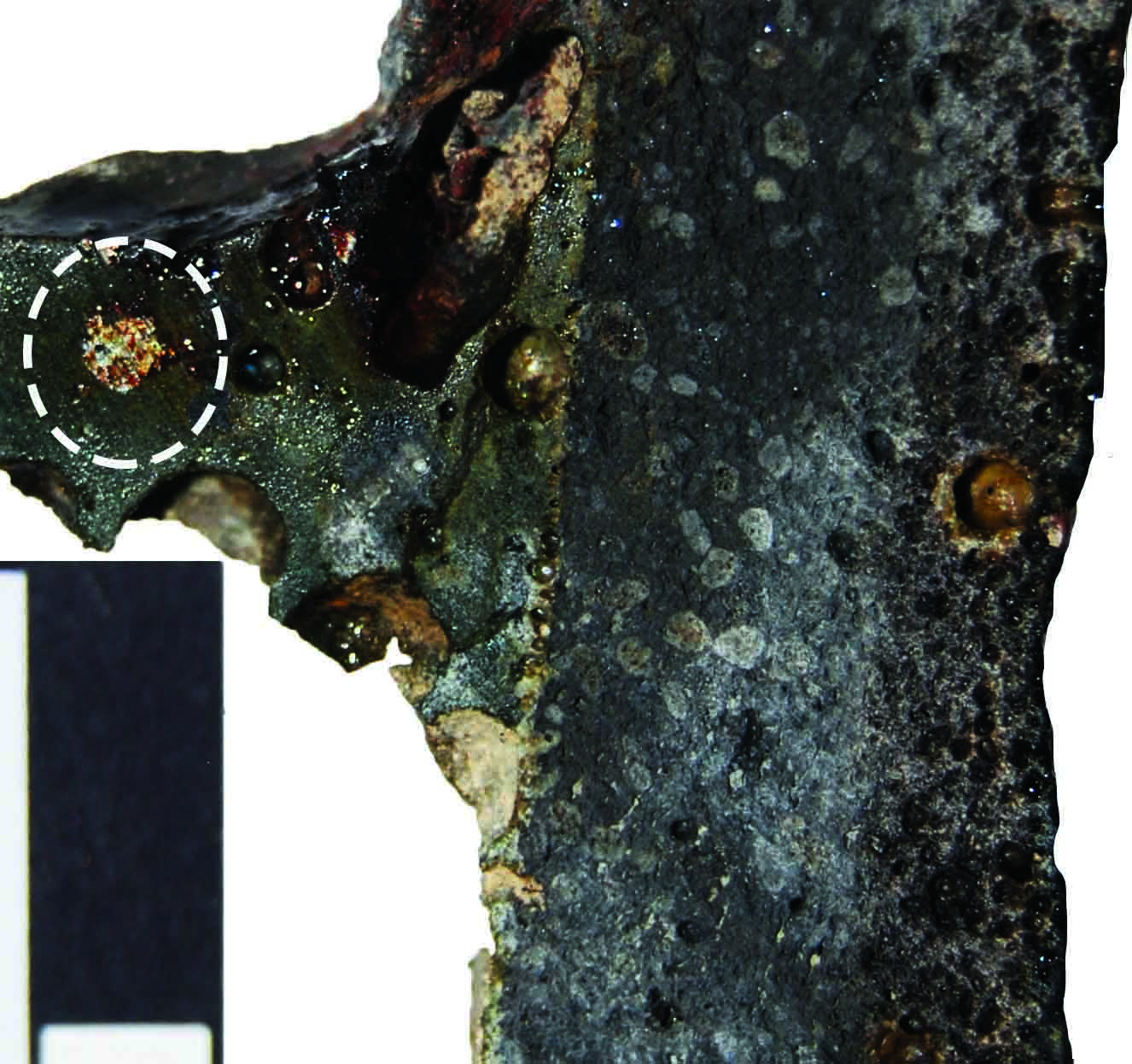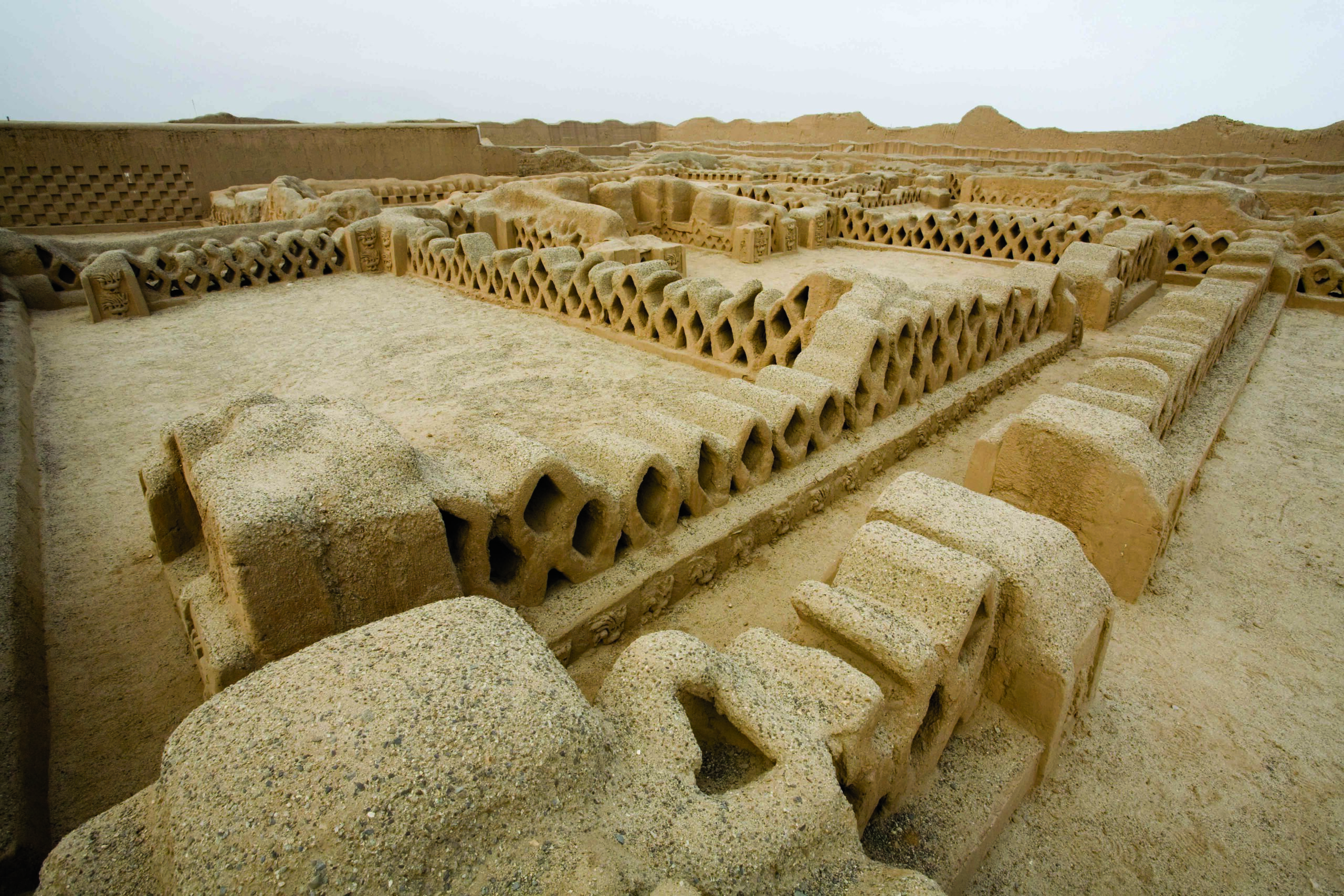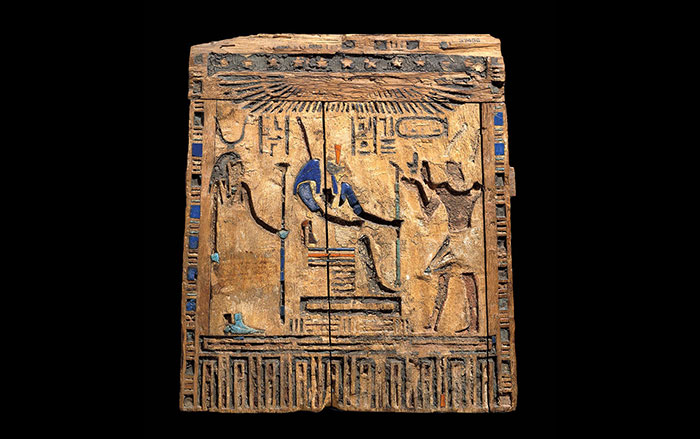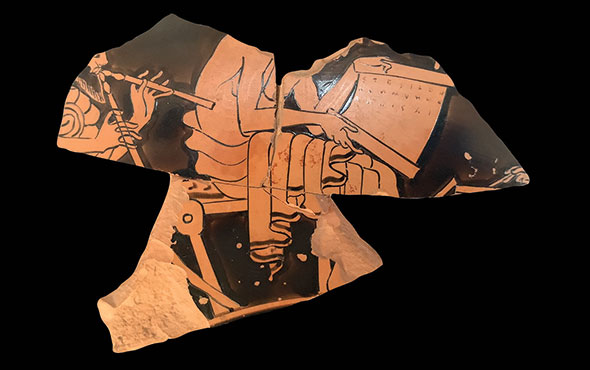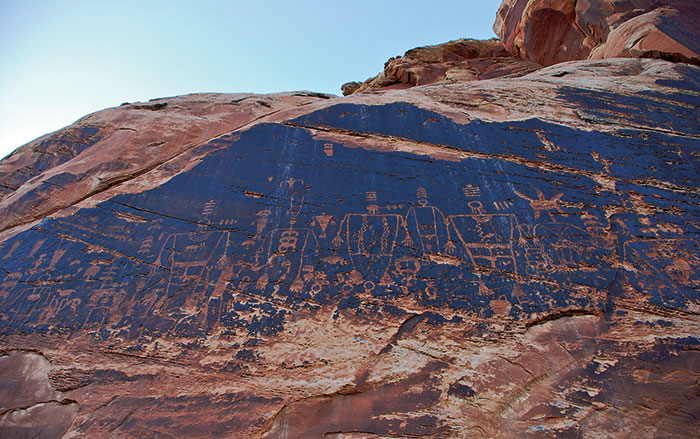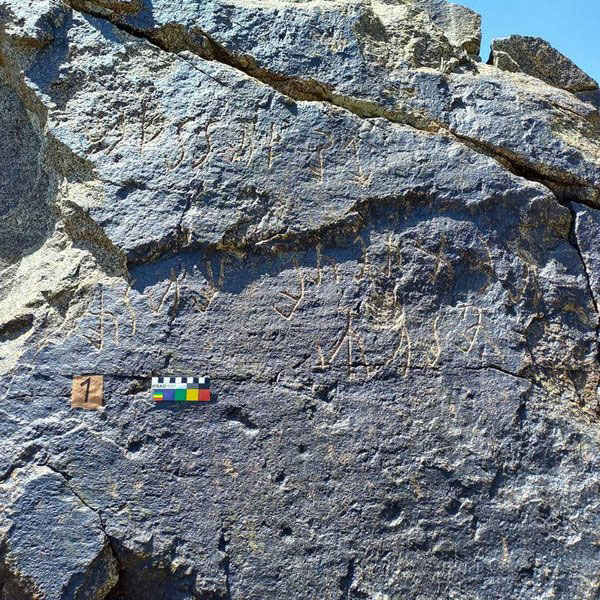
COLOGNE, GERMANY—According to a statement released by the University of Cologne, a team of linguists has partially deciphered a writing system found in inscriptions on cave walls and on pots unearthed in Central Asia called “unknown Kushan script.” The writing system was used by early nomadic peoples of the Eurasian steppe and then the rulers of the Kushan dynasty between about 200 B.C. and A.D. 700. Svenja Bonmann, Jakob Halfmann, and Natalie Korobzow analyzed an inscription in Tajikistan that had been written in both Bactrian and unknown Kushan script, and an inscription in Afghanistan that had been written in Gandhari or Middle Indo-Aryan, Bactrian, and unknown Kushan script. The breakthrough came in the form of the royal name Vema Takhtu, which appeared in both Bactrian texts, and the title “King of Kings,” which was then identified in unknown Kushan script. These discoveries allowed the researchers to recognize other character sequences and determine the phonetic values of individual characters in unknown Kushan script, which they now believe recorded a previously unknown Middle Iranian language. Bonmann, Halfmann, and Korobzow suggest that the language could now be called “Eteo-Tocharian.” They are planning to look for additional inscriptions in Central Asia with Tajik archaeologists. Read the original scholarly article about this research in Transactions of the Philological Society. To read about a merchant city that flourished in what is now Tajikistan from the fifth to eighth century A.D., go to "A Silk Road Renaissance."


